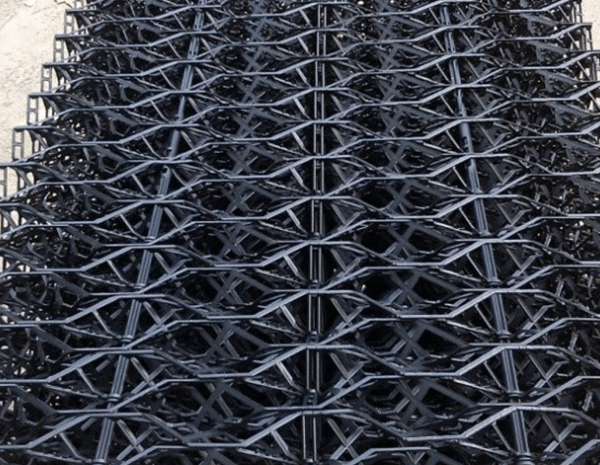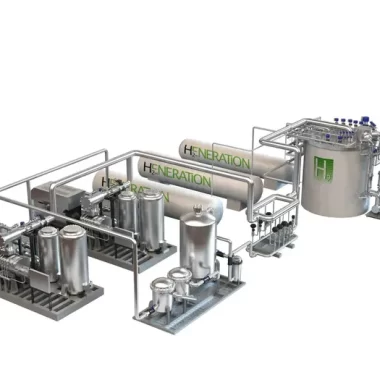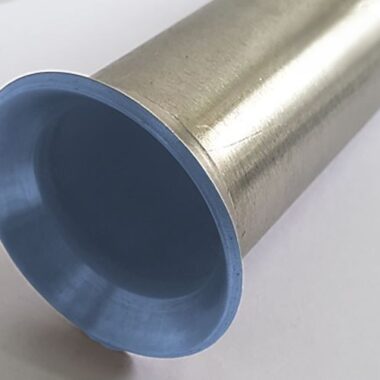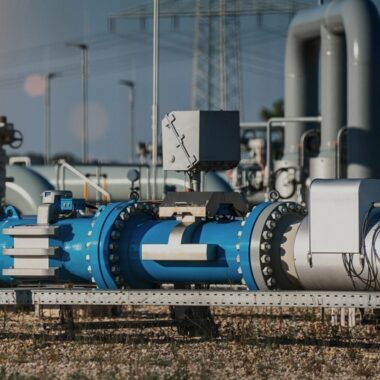Non-Clogging Cooling Fills
Introduction
Non-clogging cooling fills are specifically designed to overcome these issues. They feature an open-channel or splash-fill design that minimizes the risk of blockages while maintaining high thermal efficiency. These fills are particularly beneficial in environments where water quality is poor or contains high levels of suspended solids. Industries such as power plants, petrochemicals, HVAC, food processing, and wastewater treatment facilities have widely adopted non-clogging fills due to their superior durability, ease of maintenance, and long-term cost savings. By improving water distribution and preventing sediment buildup, non-clogging cooling tower fills ensure uninterrupted operation, reduced downtime, and enhanced energy efficiency. With the growing demand for sustainable and low-maintenance cooling solutions, these fills have become a preferred choice for modern cooling tower systems. Cooling towers play a critical role in industrial and commercial applications by dissipating excess heat from various processes. However, one of the most common challenges in cooling towers is the clogging of fills, which are responsible for facilitating heat exchange between water and air.
Key Factors of Non-Clogging Cooling Tower Fills
Design and Structure
- Non-clogging cooling tower fills are engineered with an open-channel or splash-fill design that prevents debris accumulation.
- The structure allows for uniform water distribution, ensuring efficient heat exchange.
- Unlike film-type fills that are prone to clogging, non-clogging fills use a design that minimizes the risk of blockages.
- The strategic arrangement of these fills improves water-air contact, leading to better cooling performance.
Material Selection
- Non-clogging fills are made from durable materials such as PVC (Polyvinyl Chloride), PP (Polypropylene), and composite polymers.
- These materials offer high resistance to corrosion, chemical exposure, and biological growth.
- They can withstand varying water conditions, including those with high mineral content or biological contaminants.
- The robust material construction ensures long-lasting performance with minimal wear and tear.
Clogging Prevention Mechanism
- Unlike conventional film fills that trap debris, non-clogging fills use larger flow paths to allow particles to pass through.
- They resist biofouling, scaling, and sediment buildup, which can hinder heat transfer efficiency.
- The open-channel structure reduces the chances of blockages, even in industrial environments where water quality is poor.
- They are particularly effective when using recycled, untreated, or hard water, which is more likely to contain impurities.
Thermal Performance
- Non-clogging fills are designed to maximize heat dissipation by enhancing air-water contact.
- The low-pressure drop design ensures minimal resistance, allowing for efficient cooling without requiring additional energy.
- By maintaining optimal heat transfer rates, these fills contribute to better energy efficiency and lower operational costs.
- The fills support higher water loading capacities without sacrificing performance.
Ease of Maintenance and Cleaning
- Traditional fills often require frequent cleaning to remove clogs, leading to downtime.
- Non-clogging fills are designed for easy access and cleaning, allowing maintenance teams to service them without dismantling the entire cooling system.
- They support high-pressure cleaning methods, which can remove accumulated dirt and biological growth efficiently.
- The low maintenance requirements translate to reduced labor costs and fewer interruptions to operations.
Compatibility with Different Cooling Tower Types
- These fills can be used in counterflow and crossflow cooling towers, making them versatile for different cooling applications.
- They can be integrated into both new and existing cooling tower systems without significant modifications.
- The flexible design allows for customization based on cooling tower size and operational needs.
Benefits of Non-Clogging Cooling Tower Fills
Improved Cooling Efficiency
- By preventing clogs, these fills maintain consistent water distribution and airflow, ensuring optimal cooling performance.
- The high surface area of the fills enhances heat transfer, reducing the temperature of circulating water more effectively.
Reduced Maintenance and Downtime
- Traditional fills require frequent cleaning, while non-clogging fills reduce the need for maintenance and system shutdowns.
- Their self-cleaning design allows water to flow freely, minimizing sediment buildup.
Extended Lifespan of Cooling Towers
- Non-clogging fills protect the cooling tower’s internal components from blockages, which can cause mechanical stress and damage.
- The use of durable materials extends the lifespan of the cooling tower, reducing the need for frequent replacements.
Energy and Water Savings
- By optimizing airflow and heat transfer, these fills contribute to lower energy consumption.
- They allow for the use of alternative water sources, such as treated wastewater, without affecting performance.
Environmental Sustainability
- Since these fills prevent water wastage and enable efficient water usage, they support sustainable cooling practices.
- The use of recyclable and eco-friendly materials helps reduce the environmental footprint.
Cost-Effective Operation
- The reduced need for maintenance and energy savings lead to lower operating costs over time.
- They provide a long-term solution for efficient cooling, making them a cost-effective choice for industries.
Applications of Non-Clogging Cooling Tower Fills
Power Plants
- Used in thermal and nuclear power plants to cool steam condensers and turbines.
- Helps maintain consistent cooling efficiency even with high-solid-content water.
HVAC Systems
- Essential for air conditioning and ventilation in commercial buildings, hospitals, and data centers.
- Reduces the risk of biofouling and algae growth, ensuring hygienic cooling.
Petrochemical and Oil Refineries
- Handles cooling in oil and gas processing facilities.
- Resistant to chemical corrosion, ensuring durability in harsh conditions.
Manufacturing and Industrial Cooling
- Used in industries such as steel, textiles, and paper mills, where cooling is critical.
- Helps maintain optimal production efficiency by preventing cooling disruptions.
Food and Beverage Industry
- Ensures hygienic and contamination-free cooling in dairy, beverage, and food processing plants.
- Helps meet strict industry regulations regarding water quality.
Pharmaceutical Industry
- Supports cooling in drug manufacturing and biotechnology plants.
- Prevents the growth of bacteria in temperature-sensitive environments.
Future Trends and Innovations in Non-Clogging Cooling Tower Fills
Advanced Materials for Enhanced Performance
- Development of high-performance polymers with superior resistance to heat and chemicals.
- New materials improve structural integrity and longevity of fills.
Integration with Smart Monitoring Systems
- Use of IoT-based sensors to monitor fill performance in real-time.
- AI-driven analytics help detect early clogging signs and optimize maintenance schedules.
Energy-Efficient and Sustainable Cooling Technologies
- Focus on low-energy cooling solutions that reduce electricity consumption.
- Adoption of eco-friendly fill materials that minimize environmental impact.
Self-Cleaning and Anti-Bacterial Fills
- Development of coatings with antimicrobial properties to prevent bacterial growth.
- Self-cleaning surfaces that resist fouling and sediment buildup.
Modular and Customizable Fill Designs
- Introduction of modular fill systems for easy replacement and scalability.
- Hybrid designs that combine splash and film fill technologies for maximum efficiency.
Conclusion
Non-clogging cooling fills represent a significant advancement in industrial cooling technology. Their ability to prevent clogs, reduce maintenance, and sustain efficient heat transfer makes them an essential component for various industries. Unlike traditional fills, which are prone to fouling and blockages, these innovative fills offer long-term reliability and operational efficiency. The advantages of non-clogging fills extend beyond just maintenance reduction. They contribute to overall energy efficiency, lower operational costs, and improved environmental sustainability by allowing the use of alternative water sources, such as treated wastewater. As industries continue to focus on optimizing performance and minimizing resource consumption, non-clogging fills are expected to play a crucial role in future cooling tower designs. With ongoing innovations in materials, smart monitoring technologies, and self-cleaning mechanisms, the future of cooling tower fills is set to become even more efficient and environmentally friendly.






